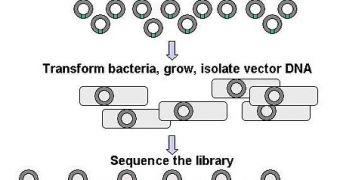Intel doesn't really need another $5 million all that much, not when it makes billions every month, but the money isn't really what is important about a certain announcement made recently.
The relevant details of the announcement regard those involved, as well as the purpose of the sum, which is roughly equivalent to 3.84 million Euro.
Basically, Intel has been enlisted by NIH (National Institutes of Health), and three other institutions, to make new DNA sequencing technology.
The three others in question are the University of Twente, Columbia University and Pacific Biosciences.
DNA sequencing is a process by which the order and identity of every base in a DNA strand is decoded.
The information is growing in importance due to the nature of diseases and the medicine used in their treatment, as well as all the other methods of alleviating health problems.
The research grant is to last for a period of four years and the technology resulting from it should help boost the effectiveness of real-time electronic DNA sequencing (speed and accuracy) and, as a bonus, reduce costs as well.
Both Intel and Advanced Micro Devices seem to be gaining importance in various fields of science, as their expertise in design of processing platforms makes them uniquely positioned to create new platforms for testing and simulations.
AMD was enlisted by the US government in July, for an extreme scale computing project, and Intel has always been a big player in the supercomputer industry. The Stampede is just the latest HPC installation it powers.
The only “problem” we find with Intel's new project is that it is not as exciting as turning DNA into a storage device. We saw the first strides last month, and they blew us away. 233 HDD's worth of data on a single, tiny drop of DNA is a massive achievement no matter how we look at it.

 14 DAY TRIAL //
14 DAY TRIAL //